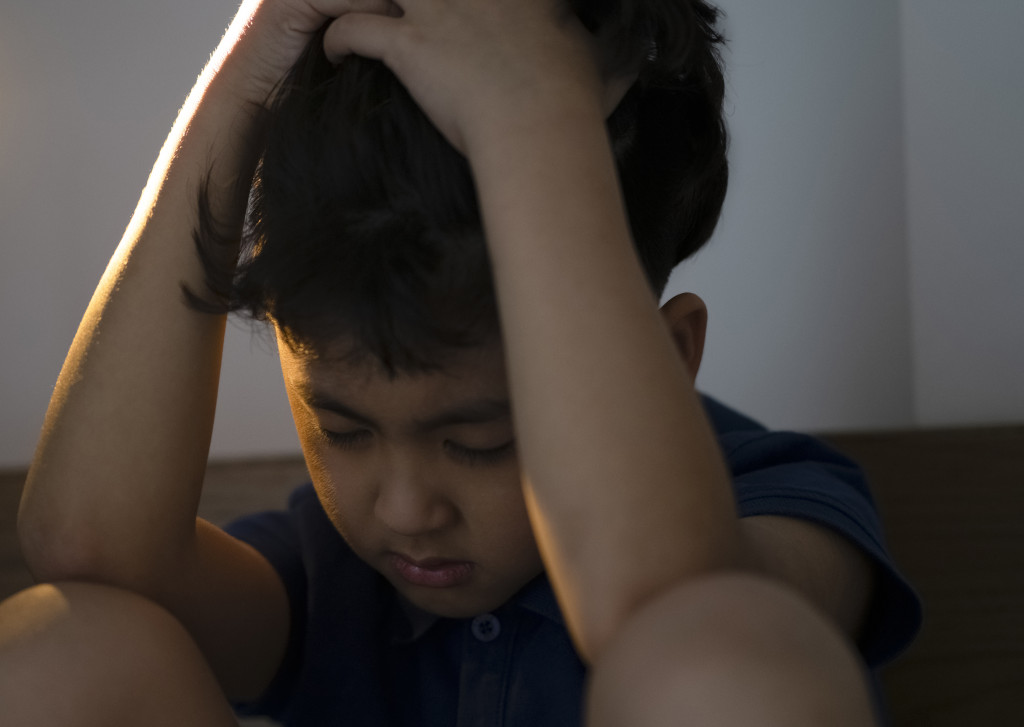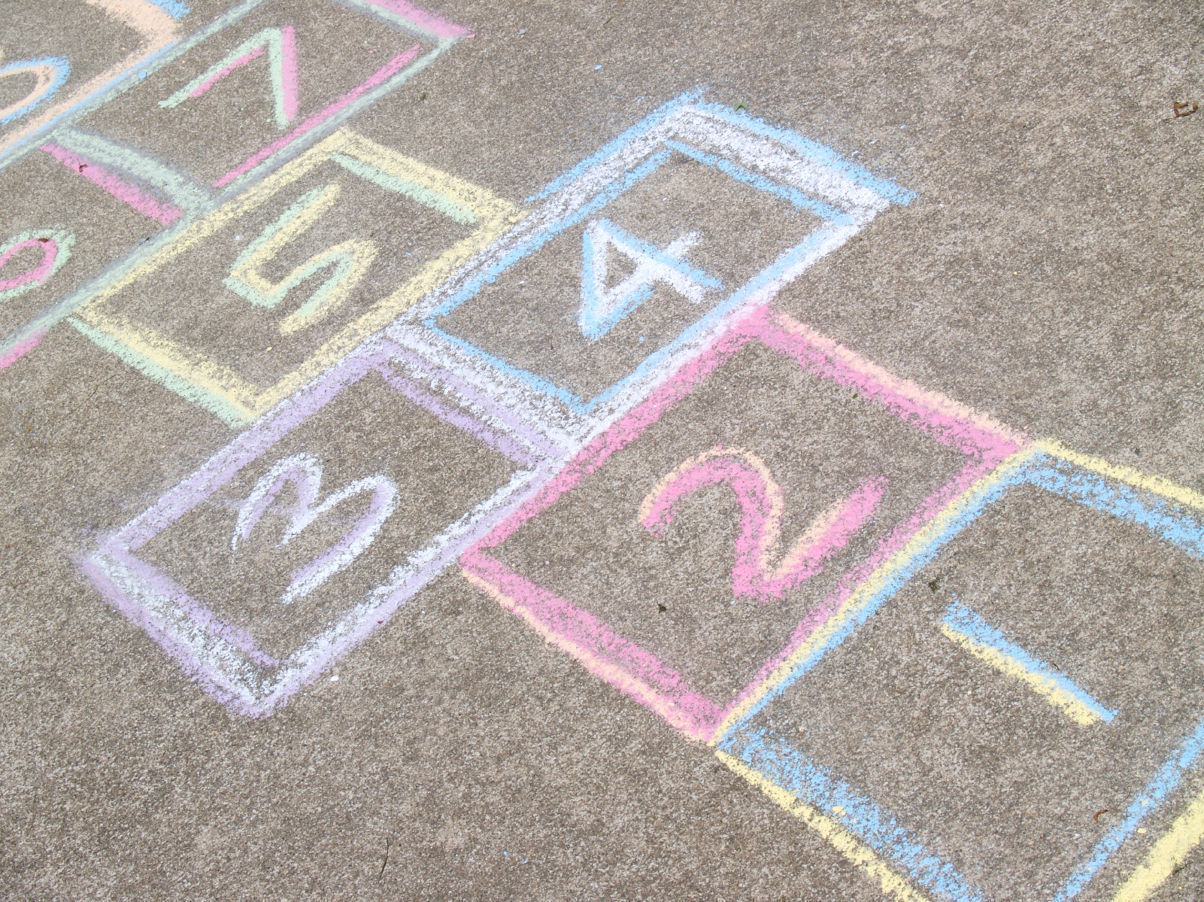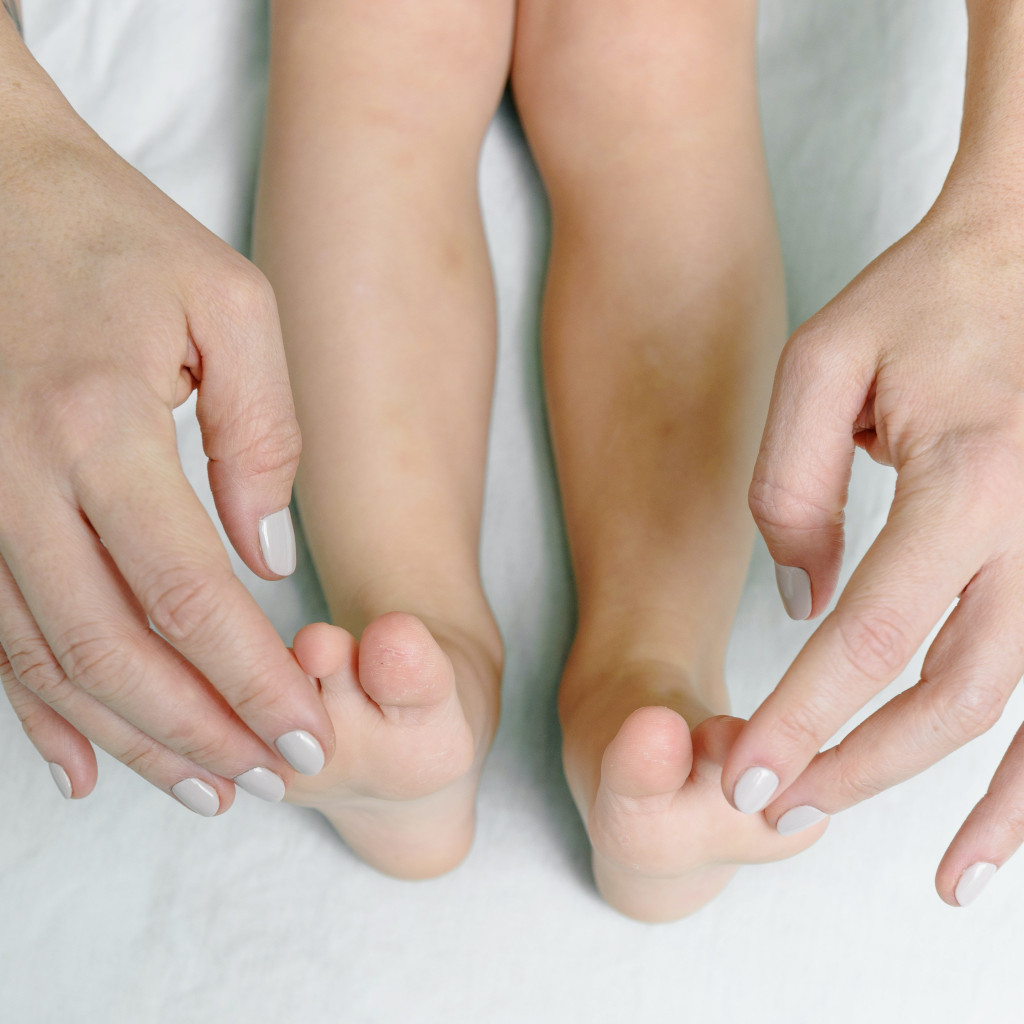SingaporeMotherhood | Baby & Toddler
September 2022
Anxiety in Children: How to Help Your Child Keep Calm & Carry On

All children experience moments of anxiety from time to time. Even adults fear and worry about what we don’t know, what more the little ones. After all, so much of the huge world around them can seem strange and scary. Believe it or not, even babies can suffer from anxiety! Thankfully, anxiety in children typically doesn’t last long, and as parents, there are ways we can help. First, let’s learn more about what anxiety in children looks like.
How Anxiety in Children Manifests
Children tend to develop different anxieties — caused by fears and worries — as they grow. For starters, babies and toddlers often fear loud noises or meeting strangers. Preschoolers may be afraid of the dark or sleeping alone. They may develop phobias of heights, animals, or going to the doctor. Separation anxiety in children is also very common at these early stages of development.
(See also: Is Your Child Experiencing Separation Anxiety? A Preschool Teacher Shares How Parents Can Help)
As children get older and their imaginations develop, they may conjure up new fears, such as ghosts and drowning. They also learn to worry about future events, being laughed at by peers, or how they will do in school. Maturing adolescents may stress over environmental, economic, and political concerns, as well as relationships with family and friends.

Anxiety in children can manifest itself in many ways. These include crying, throwing tantrums, and being extra clingy, irritable, fidgety, easily distracted, or overly sensitive. They may also have difficulty sleeping, have nightmares, or complain of stomachaches or headaches with no medical cause. Some constantly seek attention and approval, while others avoid social situations or refuse to try new things in fear of making mistakes or getting hurt.
Techniques to Help Alleviate Anxiety in Children
Parents and caregivers can support children exhibiting signs of anxiety in several ways. Firstly, don’t criticise your child for being afraid or worried, or say they’re being silly. Acknowledge their fear or worry, and reassure them that they’re not alone — every child feels anxious sometimes. You can also try bringing tension relief and help alleviate anxiety in children with these useful techniques:
(See also: Toddler Tantrum Triggers (and Strategies to Solve them!))
1. Sing and Dance
Encourage your child to sing a song. If they are reluctant, start singing their favourite song until they join in. Singing out loud releases endorphins in the brain. Dancing along to the song also forces them to relax. Crank up the music, get boogie-ing, and see their mood change in no time.

2. Hop, Skip, and Jump
Challenge your child to a contest to see who can hop on one leg the longest. Or jump the highest. Or put on some music and try skipping rope to the beat. Playing hopscotch on floor tiles can be lots of fun too. Physical activity and the distraction of competition can do wonders.
3. Do a Handstand
Invite them to stand against the wall — on their hands! Yoga practitioners have performed ‘downward dog’ and other poses that bring the head below the heart level for centuries. As it turns out, inversion restores the body’s autonomic balance and decreases stress. And even if they don’t achieve a proper handstand, they’ll be in fits of laughter trying.
(See also: Helping Children with Special Needs through Dance/Movement Therapy)
4. Blow off Steam
It’s not always easy for younger children to practise deep breathing. Have pinwheels or soap bubble wands handy. Blowing on a pinwheel, making it go fast or slow, forces them to control their breathing. The same goes for blowing single large bubbles or long streams of bubbles.
5. Just Move It!
Sometimes all you need is a change in scenery to initiate a change of mood. If you’re outdoors, head to a calming space indoors. If you’re indoors, take them for a walk. A 15-minute walk in fresh air or a rhythmic run around the park offers plenty of benefits for mental health.

6. Count Your Toes
When your child is about to implode, tell them to close their eyes and count to five slowly. For younger ones, wiggle each toe and count with them. Older kids can try counting backwards from 100. Or choose a mantra and repeat it till they calm down. It lets them concentrate on something other than what they’re anxious about.
7. Speak Your Mind
If your child is able to verbalise their feelings, encourage them to share. It helps them process their own thoughts while giving you insight into their anxieties. The key is resist giving unsolicited advice; your job is to listen. For younger children, try having them give their emotions a personality. So you can say, for instance, “Can you ask Miss Angry to whisper instead of shout?”
(See also: The One New Skill Every Child Needs to Learn for Success)
8. Put It on Paper
Older children might prefer to pen down their thoughts. Encourage them to keep a journal (and assure them you won’t read it unless they say you can) or write letters to someone they trust. Alternatively, they can draw or paint out their emotions. Art can also be therapeutic for younger ones who can’t write yet.
9. Play with Clay
Whether storebought or homemade, squishing play dough into shapes sets off stress-be-gone electrical impulses in the brain. Older kids can try their hands at polymer clay or full-on pottery. Or simply have items such as bubble wrap to pop or crinkly tissue paper or aluminium foil on hand. These actions send calming sensory feedback from the hands to the brain.

10. Hug It Out!
Last but not least, give your child a comforting bear hug. A 20-second hug releases oxytocin to reduce blood pressure and reduce the harmful effects of stress. It also aids bonding as your child feels reassured that you love them even if they’re not perfect. This can be very helpful when they’re having a meltdown.
When your child is more relaxed, try gently encouraging them to face their fears. For instance, join them on your hands and knees to confirm there are no ‘ghosts’ under their bed. Praise them when they do try, even if the outcome isn’t exactly what you expect. But remember, don’t step in to ‘help’ until your child is actually anxious. Covering their ears when a storm starts only serves to reinforce that thunder is something to be fearful about!
*BONUS* Get the Fei Yue x Mori Kids Calming Kit
Social enterprise Mori Official has partnered with Fei Yue Family Service Centre to develop a Calming Kit. It contains a curation of items to help children aged 7 to 12 years manage their emotions. Low-income women from the community programme, Threads of Courage, will earn a supplementary income in assembling these kits. Pre-order your kit for delivery by Children’s Day, which falls on 7 October this year.
When Anxiety in Children Gets Out of Hand
It’s normal for children — and adults — to experience fear, worry, and anxiety from time to time. It’s part and parcel of growing up and life in general. But sometimes, anxieties persist longer than they should or seem disproportionately severe for the situation at hand.
Stayprepared.sg has put together a series of useful resources to help you with your child’s mental health. You can learn the differences between normal anxiety and anxiety disorders and find out more about managing anxiety in children. There is also a comprehensive list of helplines and online forums providing professional help and counselling support.
If your child’s anxiety begins to have a negative impact on daily life, speak to your doctor or a counsellor. It’s important to intervene before it spirals out of control.
(See also: Parental Stress, Anxiety, and Burnout: are they happening to you?)
All content from this article, including images, cannot be reproduced without credits or written permission from SingaporeMotherhood.
Follow us on Facebook, Instagram, and Telegram for the latest article and promotion updates.





